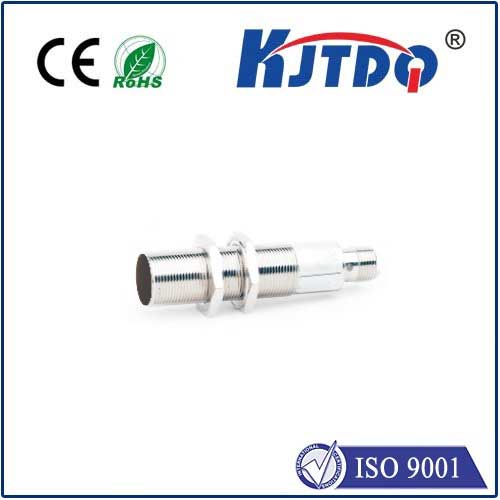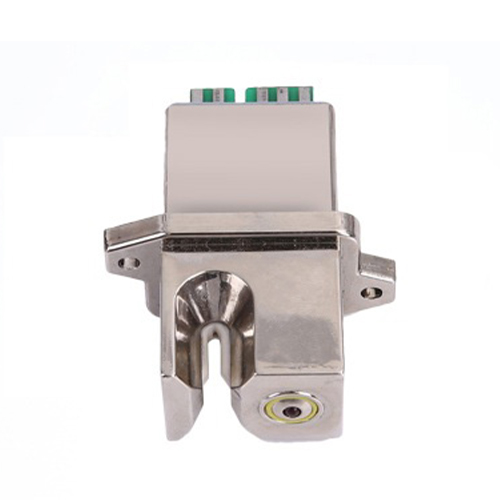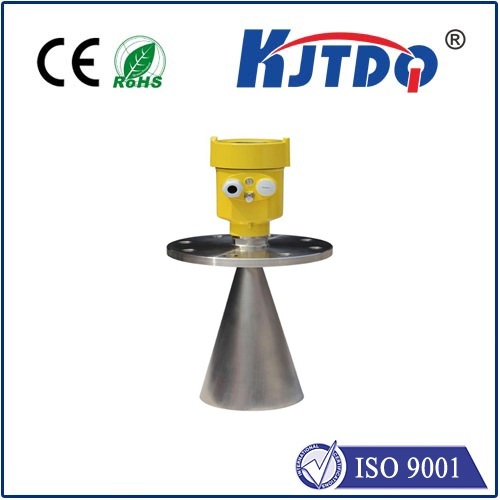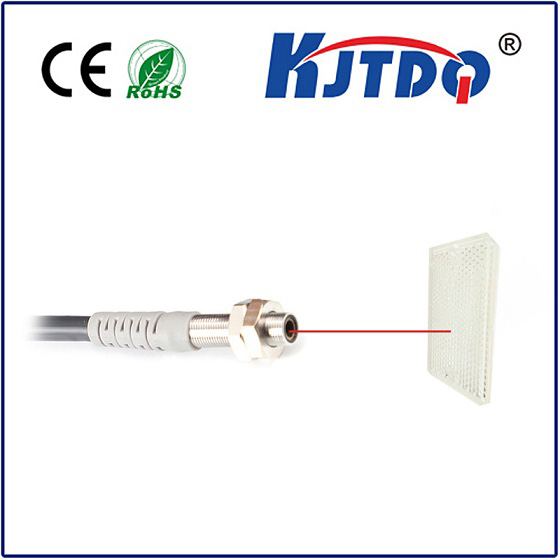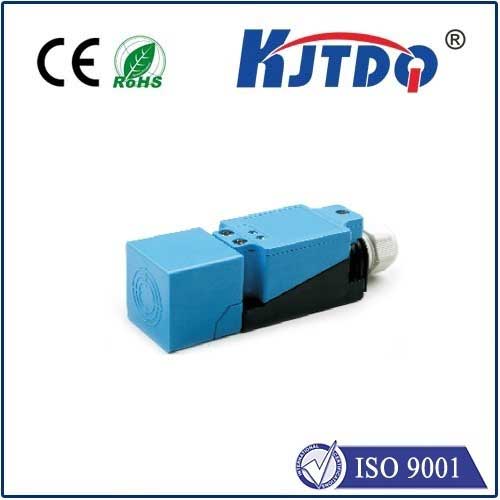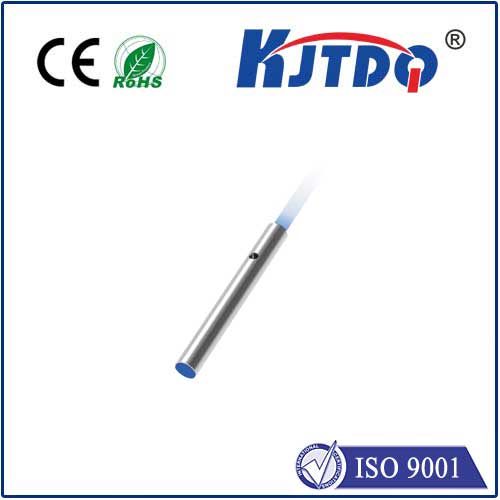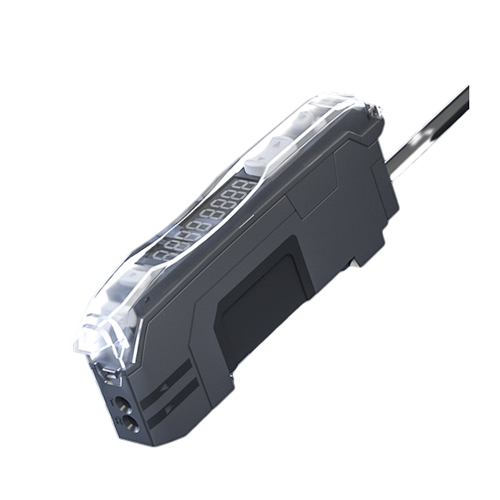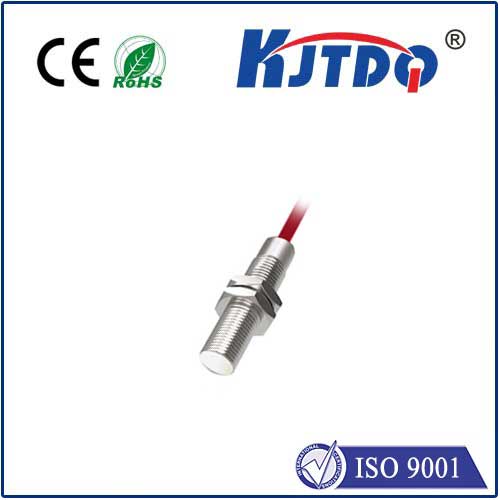лазерный фотодиодный датчик
- time:2025-08-28 02:28:19
- Нажмите:0
Photodiode Sensors for Lasers: The Critical Link in Optical Measurement & Control
Imagine a surgical laser sculpting delicate tissue with micron precision. Or a manufacturing line where a high-powered laser welds metal components at blinding speed. Behind the scenes of these critical applications lies an unsung hero: the photodiode sensor. These essential components act as the eyes of laser systems, precisely quantifying light intensity to ensure safety, accuracy, and optimal performance. Understanding how photodiode sensors interface with lasers unlocks the potential for reliable operation in countless demanding fields.
Why Photodiodes Reign Supreme for Laser Detection
Laser light possesses unique characteristics – high intensity, coherence, and often specific wavelengths – demanding detection solutions tailored to these properties. While other optical sensors exist (like phototransistors or thermal sensors), photodiodes offer a compelling combination of features making them exceptionally well-suited for laser applications:

- Speed and Bandwidth: Photodiodes boast exceptionally fast response times, often in the nanosecond or picosecond range. This is crucial for:
- Measuring pulsed lasers (pulse width, repetition rate).
- High-speed modulation monitoring in communication lasers.
- Real-time feedback control loops in laser processing.
- Linear Response: Over a wide operating range, a photodiode’s output current is directly proportional to the incident light intensity (photocurrent ∝ optical power). This linearity is fundamental for accurate power and energy measurement, essential for process control and safety compliance.
- Spectral Match: Photodiodes are manufactured from various semiconductor materials (Silicon, Germanium, InGaAs, GaP, etc.), each with distinct spectral sensitivity ranges. Selecting a photodiode matched to the laser’s wavelength (e.g., InGaAs for 1550nm telecom lasers, Silicon for visible and near-IR) ensures high sensitivity and efficient detection.
- Low Noise & High Sensitivity: Modern photodiode designs achieve remarkably low noise levels, enabling the detection of very low light levels or precise measurement of small changes in high-power beams.
- Compactness and Robustness: Solid-state construction makes photodiodes small, reliable, and mechanically stable, easily integrating into diverse laser systems and optical setups.
Key Considerations When Selecting Photodiode Sensors for Lasers
Choosing the right photodiode isn’t simply about grabbing the first detector at hand. Critical parameters must be evaluated:
- Wavelength Range & Responsivity: Responsivity (measured in Amperes/Watt, A/W) defines how efficiently the photodiode converts light at a specific wavelength into electrical current. Matching the responsivity peak to the laser wavelength maximizes signal output.
- Active Area Size: The photodiode’s light-sensitive surface area must be large enough to capture the entire laser beam (or a representative sample) without clipping, but not so large that it introduces excessive capacitance, slowing response time or increasing noise.
- Power Handling / Saturation: Every photodiode has an upper limit to the optical power it can handle before it saturates or risks damage. Understanding the maximum expected laser power (continuous wave or pulsed peak power) is non-negotiable. This often dictates the need for calibrated attenuation (neutral density filters) before the sensor.
- Response Time / Bandwidth: Required bandwidth depends on the application. Monitoring a CW laser for slow power drift needs less speed than characterizing picosecond laser pulses. Rise/Fall time specifications are paramount for dynamic applications.
- Noise Equivalent Power (NEP) & Dark Current: NEP represents the minimum detectable optical power (for a signal-to-noise ratio of 1). Dark current is the current flowing in the absence of light. Lower NEP and dark current enable measurement of weaker signals.
- Package Type: Photodiodes come in various packages (TO-can, surface mount, with/without windows, fiber-coupled) influencing ease of integration, thermal management, and environmental resilience.
- Biasing: Most photodiode applications use either photovoltaic (zero bias) or photoconductive (reverse bias) mode. Reverse bias generally improves speed and linearity range but can increase dark current.
Diverse Applications: Where Photodiode Laser Sensors Shine
The synergy of photodiodes and lasers enables critical functionality across industries:
- Laser Power & Energy Monitoring: The most fundamental application. Photodiode sensors (often integrated into compact meters) provide real-time feedback on laser output, essential for quality control, safety interlocks, and ensuring consistent results in manufacturing (cutting, welding, marking) and medical procedures.
- Beam Profiling & Position Sensing: Arrays of photodiodes (like quadrant cells or CCD/CMOS arrays fundamentally built on photodiodes) map a laser beam’s intensity distribution (beam profile) or detect minute shifts in beam position for active stabilization systems.
- Pulse Characterization: High-speed photodiodes are vital for measuring pulse width, shape, and timing jitter in ultrafast and Q-switched lasers used in research, material processing, and LIDAR.
- Optical Communication: In fiber-optic networks, high-bandwidth InGaAs photodiodes convert modulated laser signals back into electrical data streams with extreme fidelity and speed. Reliability here is paramount.
- Spectroscopy & Analytical Instruments: Laser-based spectrometers (Raman, absorption) rely on photodiodes to detect the often weak signal light returning from a sample.
- Safety Interlocks: Photodiode sensors act as crucial safety sentinels, detecting stray laser light or monitoring shutter status, triggering safety shutoffs to prevent accidental exposure.
- LIDAR & Range Finding: Photodiodes detect the faint return pulses of laser light bounced off distant objects, enabling precise distance measurement and 3D mapping for autonomous vehicles, surveying, and atmospheric studies.
- Particle Counting & Flow Cytometry: Scattered laser light from particles or cells is detected by sensitive photodiodes to determine size, concentration, or characteristics.
Optimizing Performance: Practical Implementation Tips
Integrating photodiode sensors effectively requires attention to detail:
- Proper Attenuation: Never expose a photodiode directly to laser power levels beyond its specifications. Use high-quality, calibrated neutral density filters or beam splitters designed for the laser wavelength. Overload causes immediate damage or irreversible degradation.
- Minimizing Stray Light: Shield the photodiode and optical path from ambient light sources to prevent measurement artifacts. Use baffles and enclosed housings where possible.
- Signal Conditioning: The tiny photocurrent generated often requires amplification. Transimpedance amplifiers (TIAs) are the gold standard, converting current to voltage while maintaining bandwidth and low noise. Careful circuit design is crucial.
- Thermal Stability: Temperature fluctuations can affect responsivity and dark current. For high-precision applications, consider thermoelectric coolers (TECs) or temperature compensation circuits.
- Calibration: For absolute power/energy measurement, photodiode sensors require traceable calibration against a standard, typically at the specific wavelength(s) of interest. This ensures accuracy over time.
- Choosing the Right Configuration: Consider if a simple bare photodiode element suffices, or if an integrated sensor module (incorporating amplification, filtering, and attenuation) offers a more convenient, calibrated solution.
Photodiode sensors are the indispensable workhorses bridging the powerful world of lasers with the realm of precise measurement and control. Their unique blend of speed, linearity, sensitivity, and wavelength specificity makes them irreplaceable

